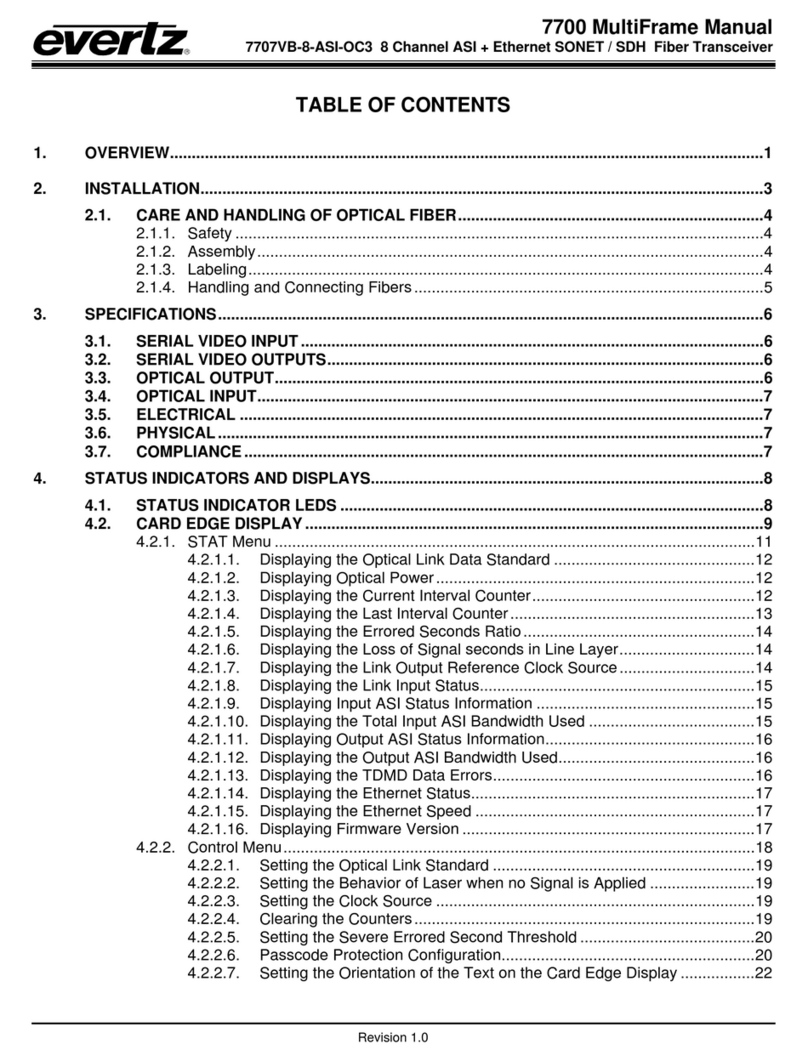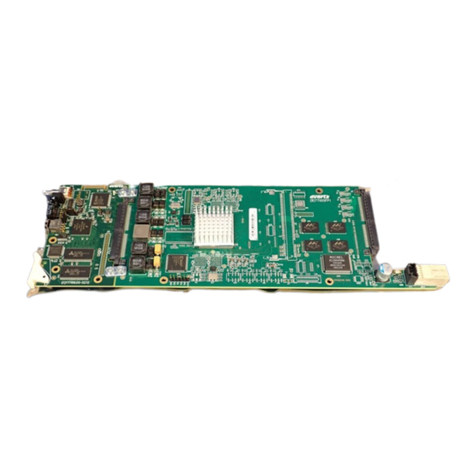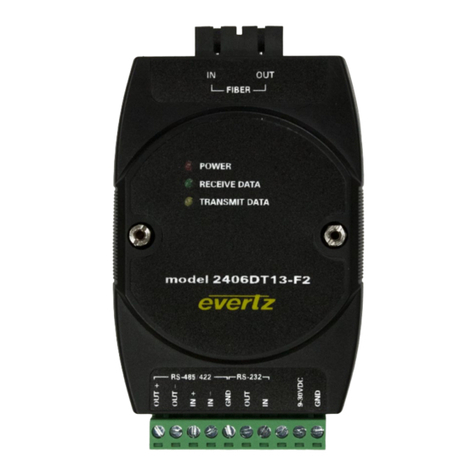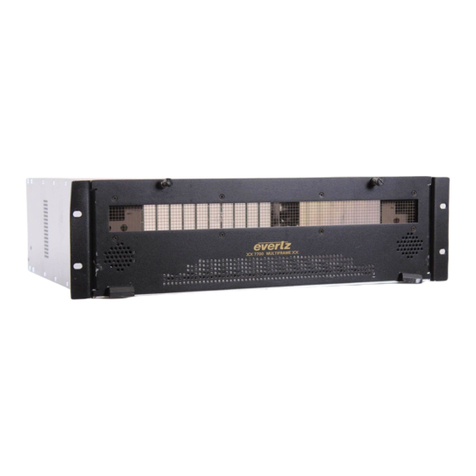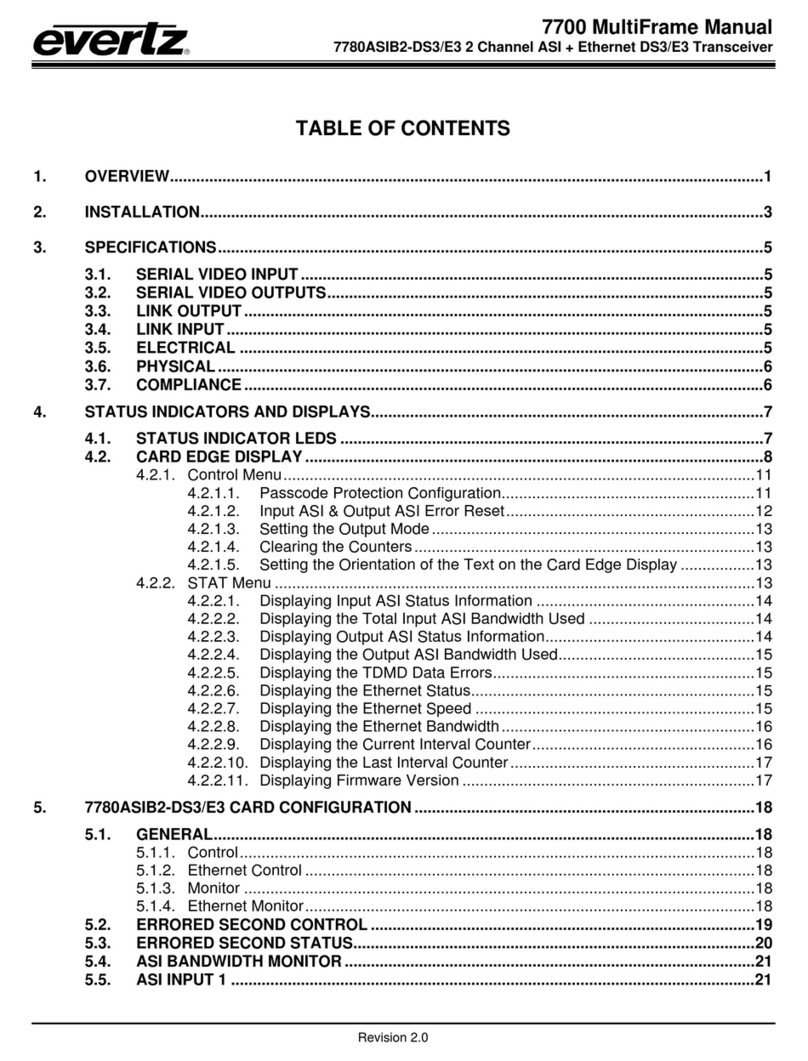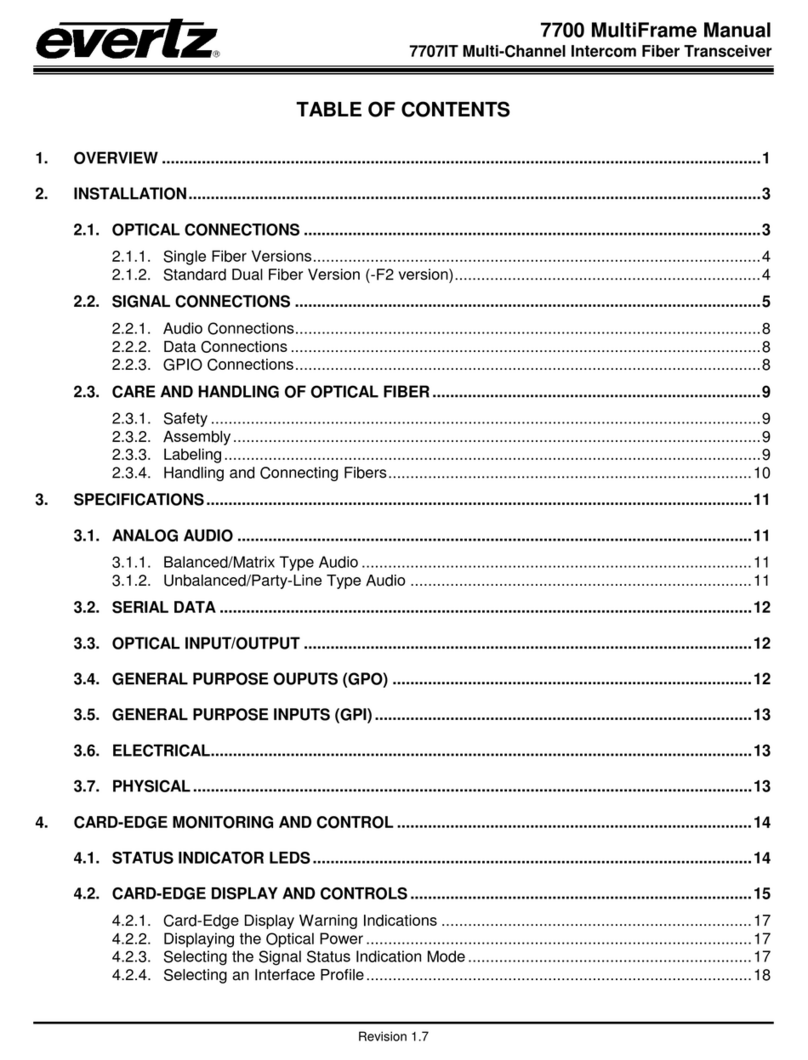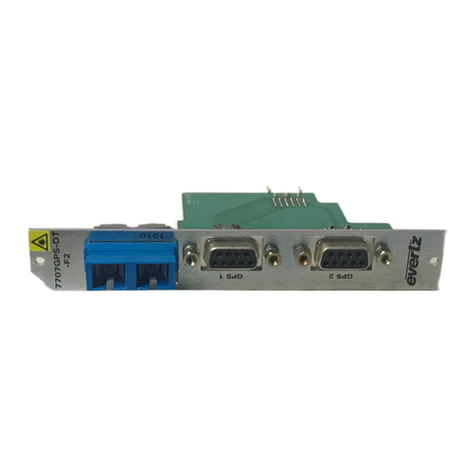
7700 MultiFrame Manual
7707MB Multi-Signal SDTV Fiber Transciever
Revision 1.5
TABLE OF CONTENTS
1. OVERVIEW.......................................................................................................................................... 1
2. INSTALLATION................................................................................................................................... 4
2.1. AES AUDIO AND AUXILLIARY I/O............................................................................................ 5
2.1.1. Connecting the AES Inputs ............................................................................................. 5
2.1.2. Connecting the RS232/422 Serial Data Port................................................................... 6
2.2. CONNECTING THE GPI INPUTS AND GPO OUTPUTS............................................................ 6
2.3. INSTALLING THE BULKHEAD BREAKOUT PANEL ............................................................... 7
2.3.1. Connecting the Breakout Panel AES Inputs.................................................................... 8
2.3.2. Connecting the Breakout Panel RS232/422 Serial Data Port ......................................... 8
2.4. CARE AND HANDLING OF OPTICAL FIBER............................................................................ 9
2.4.1. Safety .............................................................................................................................. 9
2.4.2. Assembly......................................................................................................................... 9
2.4.3. Labeling........................................................................................................................... 9
2.4.4. Handling and Connecting Fibers ................................................................................... 10
3. SPECIFICATIONS............................................................................................................................. 11
3.1. SERIAL VIDEO INPUT ............................................................................................................. 11
3.2. SERIAL VIDEO OUTPUT ......................................................................................................... 11
3.3. AES AUDIO INPUTS ................................................................................................................ 11
3.4. AES AUDIO OUTPUTS................................................................................................................. 11
3.5. OPTICAL INPUT/OUTPUT....................................................................................................... 12
3.6. SERIAL DATA PORT ............................................................................................................... 12
3.7. GENERAL PURPOSE INPUTS................................................................................................ 12
3.8. GENERAL PURPOSE OUTPUTS............................................................................................ 12
3.9. SYSTEM PERFORMANCE ...................................................................................................... 13
3.10.ELECTRICAL ........................................................................................................................... 13
3.11.PHYSICAL................................................................................................................................ 13
3.12.COMPLIANCE.............................................................................................................................. 13
4. STATUS INDICATORS AND DISPLAYS ......................................................................................... 14
4.1. STATUS INDICATOR LEDS..................................................................................................... 14
4.2. DOT-MATRIX DISPLAY........................................................................................................... 14
4.2.1. Displaying the Video Standard ...................................................................................... 15
4.2.2. Displaying the Audio Presence ..................................................................................... 15
4.2.3. Displaying the Serial Data Activity................................................................................. 16
4.2.4. Selecting LED Display................................................................................................... 16
4.2.5. Displaying optical power ............................................................................................... 16
